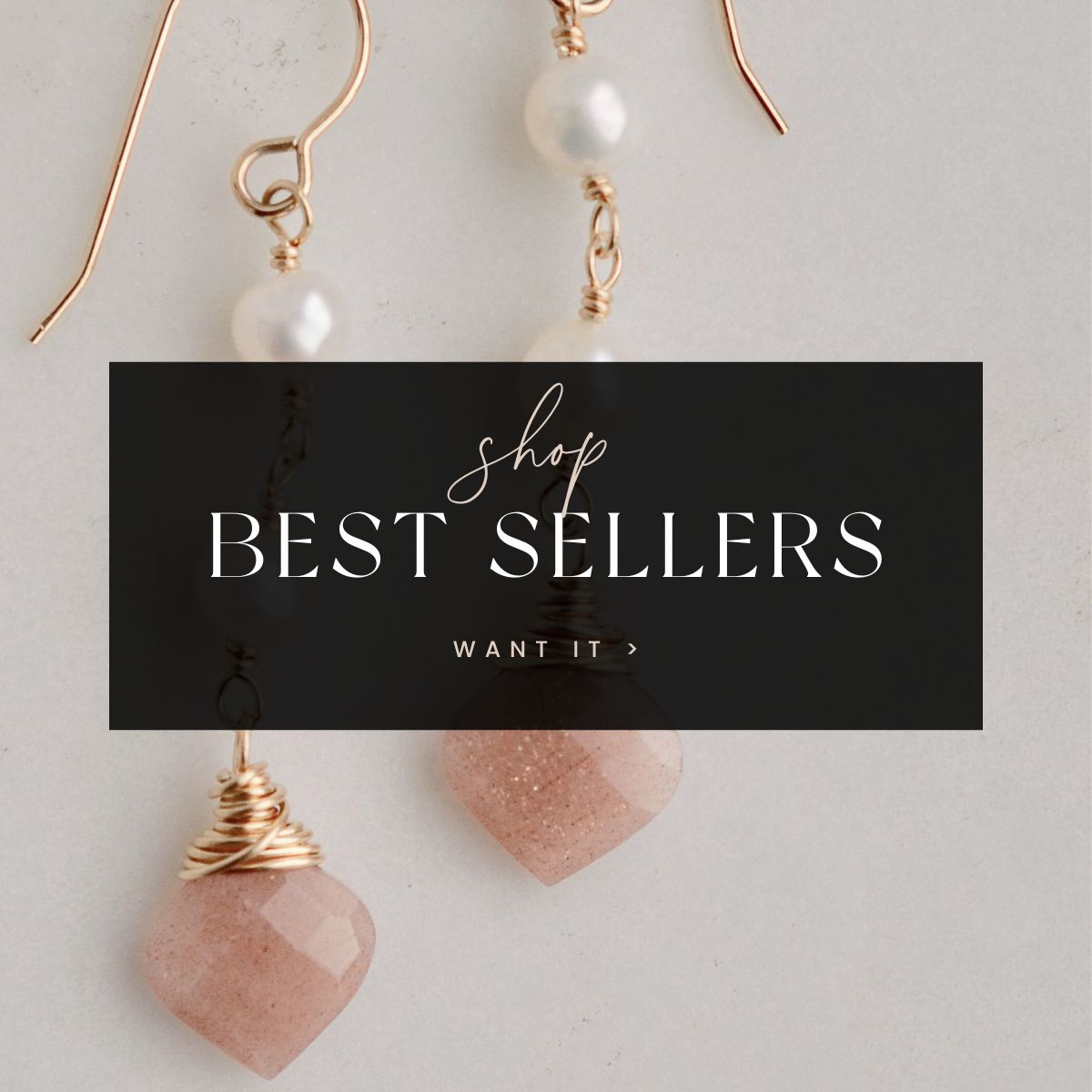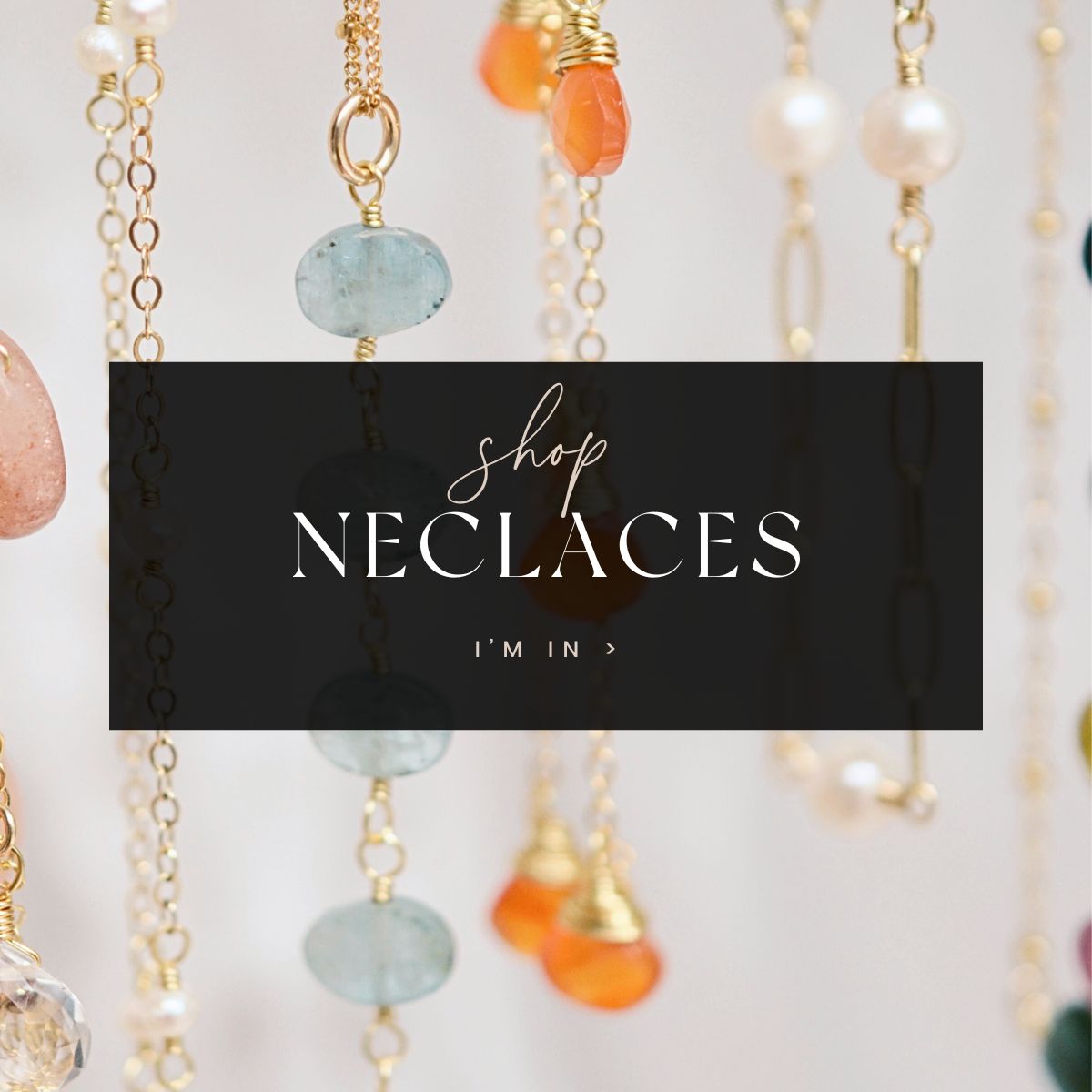Pearls are the Queen of Gems! For over a millennia, their luster has graced pharaohs, royalty, artifacts, and cultures around the world. Even Jackie Kennedy once famously stated, “Pearls are always appropriate.” And she was right—they go with just about everything for any occasion.
Pearls are the only gem, not gemstone, born of a living thing, and have long been associated with the moon, purity, and elegance. Once so rare and expensive, only the wealthy nobility could afford them. Yet, today, the tides have changed (pun intended), and thanks to cultured pearls, they’re readily available for just about everyone. But what exactly are pearls if not gemstones? Keep reading to find out!

How are pearls formed?
Pearls form inside a living thing—the mollusk. Namely, oysters and mussels. They begin when a foreign irritant, such as a parasite, enters the mollusk. To protect itself, the mollusk then secretes a protein and mineral substance called nacre, which then deposits layer after layer over the irritant. Over time, these layers build up, forming a pearl. Since pearls are formed within a living thing they are considered gems, not stones.
What are the different types of pearls?
Simply put, there are saltwater and freshwater pearls which can be cultured or natural.
Natural pearls are pearls occur in the wild. They are very rare, and because of this, quite costly.
Cultured pearls are real pearls, but are grown purposely with human intervention. They are formed by pearl farmers placing irritants inside the mollusk.
Freshwater vs. Saltwater Pearls
Freshwater pearls come from mussels. They can produce a large amount of pearls (some can make up to 50 at once) and are harvested in about 6 months. Compared to saltwater pearls, freshwater ones have a thicker nacre, making them more durable. Additionally, they come in many colors and tend to be irregular in shape.
Saltwater pearls come from saltwater oysters. Unlike their freshwater counterparts, these oysters typically only produce 1 to 3 pearls at a time, which can take anywhere from 10 to 18 months to grow. Saltwater pearls can be black or gold, but mostly come in shades of white and are more round.

How to Tell if a Pearl is Real
1. Examine its surface. Faux pearls are too smooth, while real ones will have irregularities. If they’re beads, study where it was drilled. If the coating is flaking or chipped around the hole, chances are it’s an imitation.
2. Gently rub two pearls together, or just one against your tooth. If it feels gritty, like grinding sand, chances are it’s real. If it’s smooth, it’s most likely glass or plastic.
3. Check the weight and temperature. Real pearls are initially cool to the touch and generally heavier than faux ones.

The Metaphysical Properties of Pearls
Pearls are the birthstone for June and have long been associated with purity, innocence, wisdom, and imagination in many cultures. They are said to invite its wearer to live their truth by strengthening their self-confidence so they can trust in their own wisdom. Comforting, calming, and stabilizing, pearls are believed to soothe anxiety, bring about harmony and tranquility, and even sharpen memory and luck, while subduing anger.
How to Care for Pearls
Since pearls are naturally made, not formed within the earth under harsh conditions, they can require some care. They are pretty soft on the MOH’s scale at a 2.5 to 3. (Diamonds are the hardest at 10.) Here’s some tips to best care for them:
1. Keep them away from chemicals. Chemicals in beauty products, hand sanitizers, swimming pools, home cleaning supplies, and perfumes can eat away at a pearl’s nacre. To protect your pearls, put them on last when dressing and take them off when bathing, swimming, exercising, or sleeping.
2. After wearing, wipe them with a soft cloth to remove any residue or chemicals.
3. Fold them in a cloth to store them. Do not keep pearls in air-tight containers or baggies. Overtime, any trapped moisture can damage them.
4. Avoid too much direct sunlight and high temperatures. Pearls are made in water, so too much light and heat can dry them out, making them chip or crack.
5. Wear them! The oils in our skin naturally protect them from dying and cracking.

How to Style Pearls
Pearls are a must have for your jewelry collection. They are a timeless classic that goes with any outfit and are universally flattering on all skin tones. It’s no wonder they’ve been a go to for years. Here’s a few of our favorite styling ideas.
Layered with chain necklaces or pendants. Stack your pearls with your favorite gemstone or chain.









